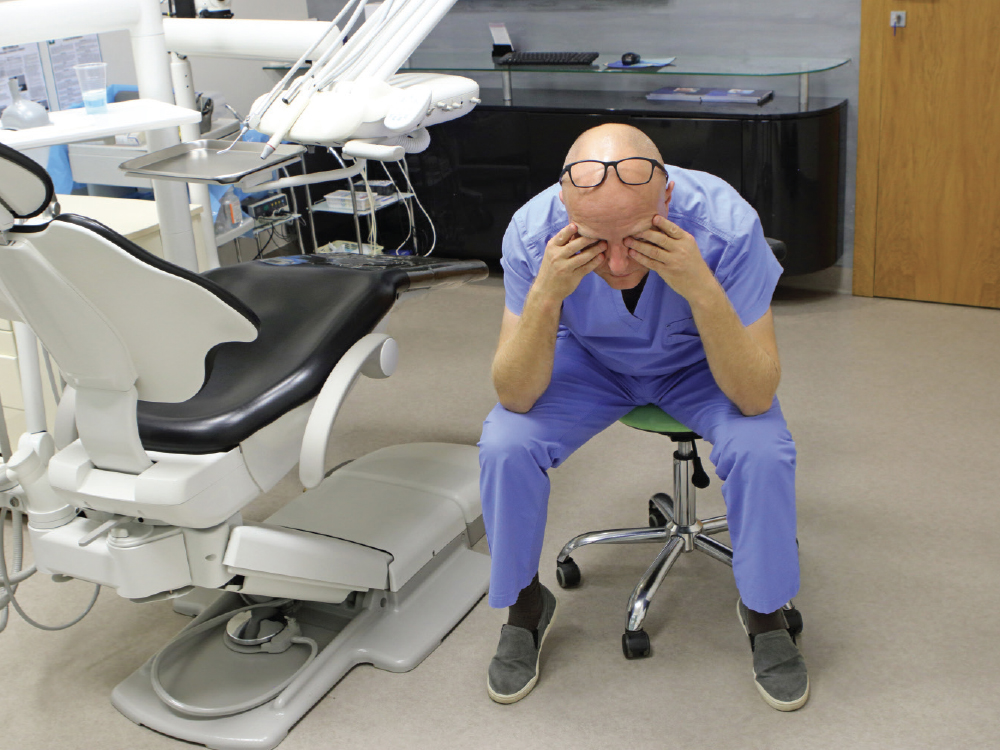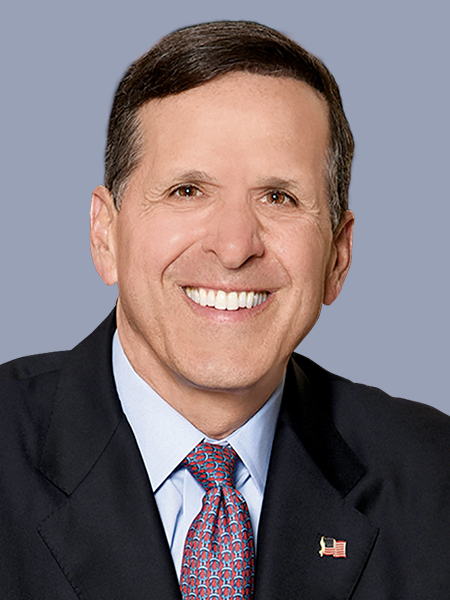Building a Powerful Culture in Your Practice

With dentistry facing an ongoing staffing crisis, many practices are more focused on hiring new team members than with keeping their full team in place. However, maintaining and increasing the longevity of the existing team will have a more powerful impact. Think of it this way: You won’t need to replace someone who doesn’t leave!
According to the Levin Group’s ongoing study of top 10% dental practices as measured by revenue, one of the 17 principles these practices have in common is the presence of team members who stay with the practice 10-plus years. What’s the difference between practices that retain team members and those that must continually recruit, hire and train new employees? The answer is building a powerful culture.
Team members today do not simply want a paycheck — they want to be part of something that has a purpose and provides feelings of fulfillment. When clearly defined and followed, practice culture will allow people to feel like they belong, which is critical to staff longevity. Employees who believe they belong to a great culture are much more likely to come to work every day with a team-oriented mentality and a true sense of job satisfaction.
Although every practice has a culture, usually this culture has simply evolved on its own instead of being intentionally created. Practice cultures dominated by negative traits such as chaos, gossip and absenteeism tend to be in the former category, while practice cultures based on positive traits such as teamwork, respect for coworkers and having fun are more likely the result of a deliberate process to create an enriching environment for team members. Any practice can gradually build a positive culture, but it must follow a process.
Start from the ground up. Creating a new culture will take time, but it can be accomplished if the building process is put in place and the doctor or office manager focuses on driving the culture each day. In our experience, once it has been defined and integrated, this culture will become fully “real” in about a year. There are three steps to building a successful culture:
- Defining core values
- Identifying a purpose-driven mission
- Driving the culture with leadership behaviors

A positive practice culture will provide team members with a sense of purpose and belonging.
Action: Core Values
- Identify four to six inviolable core values that define the practice’s essence.
- Post core values in the staff room and mention one each day in the morning meeting. Give examples of following a core value.
- Review core values at the monthly staff meeting and always ask if the practice is living up to them.
Action: The Mission Statement
- Identify the practice’s true underlying mission.
- Capture the mission in no more than two sentences, so that it can be understood, internalized and repeated by the team.
- Refer to the mission regularly when explaining the basis for certain decisions. The more the mission is discussed by practice leadership, the more it becomes part of the daily culture.
Action: Leadership Drives the Culture
- Talk about the core values and mission as often as possible.
- Recognize team members for living up to core values and the mission using specific examples.
- Review the core values and mission at monthly team meetings.
1. DEFINING CORE VALUES
Core values are fundamental beliefs that are not just important — they’re inviolable. Every practice should identify four to six core values that should be well known by the team, posted in the staff room and frequently cited by leadership. For example, if a team member takes great care of a patient, you might comment that the team member demonstrated the core value of compassion.
Each practice should establish its own set of core values that are followed by the doctor and the team. Once the core values have been determined, the leader must ensure that they remain front and center. You can begin this process by finding lists of core values online. Ultimately, core values are so powerful that they never change.
Examples of Business Core Values
- Integrity
- Honesty
- Accountability
- Enthusiasm
- Fun
- Humility
- Teamwork
- Simplicity

If a positive practice culture is not deliberately created, negative traits such as chaos and absenteeism can surface.
2. IDENTIFYING A PURPOSE-DRIVEN MISSION
The concept of a mission statement is not new — most businesses and many practices already have one. The question is whether the mission is living and real. By “living,” I mean truly believing that the mission is the highest priority of the practice every day, defines the team’s purpose, and is the underlying foundation of the practice.
What will the mission statement do for a practice? First, it will give the team a reason to come to work. Having a purpose creates a better quality of work life for the team and will lead to higher team longevity. In addition, it will foster a positive and enjoyable environment.
Second, the mission helps with decision-making. When faced with making decisions, team members should ask themselves if the decision is consistent with the mission of the practice. A team member with this mindset is unlikely to make a bad decision. This can lead to greater team independence, self-initiative and performance.
In addition, because the mission is an inviolable belief, it can guide a practice through uncertainty or help with strategic planning for the future. The mission is also a powerful communication tool that defines the practice’s culture. When one team member describes a mission-based decision to another team member, you have advanced the ability of the team to communicate. This helps to facilitate good teamwork and a strong work ethic.
Examples of Mission Statements
- Microsoft: “Our mission is to empower every person and every organization on the planet to achieve more.”
- Nordstrom: “Nordstrom works relentlessly to give customers the most compelling shopping experience possible.”
- Southwest Airlines: “Dedication to the highest quality of customer service delivered with a sense of warmth, friendliness, individual pride, and company spirit.”
- Uber: “We ignite opportunity by setting the world in motion.”
3. DRIVING THE CULTURE WITH LEADERSHIP BEHAVIORS
Culture always begins with leadership. Great leaders all work toward defining the culture, communicating the core values and mission, and honoring those values themselves. The first and highest priority in creating a culture is for the leader to be the example. If a leader violates the core values, it sends a message to the team that these values can be disregarded.
The second essential role of the leader in creating and driving culture is to talk about it often. It may sound simple, but referring regularly to core values and the mission will inspire and motivate the team, create a sense of purpose and encourage loyalty to the practice.
The third factor for a leader to consider is how to address any violations of the practice culture. Whether the situation warrants a one-to-one meeting with a team member or a team discussion in the monthly staff meeting, this will help the leader determine whether or not a team member is a good fit for the practice.

Practice leaders need to work toward defining the culture, communicating the core values and mission, and honoring those values themselves.
SUMMARY
Culture does not happen by accident. It is one of the most powerful factors in team development, which is crucial to the success of any practice. By creating a culture based on core values and a mission statement, as well as encouraging the team to live up to these principles every day, the practice will benefit and flourish in many ways.



